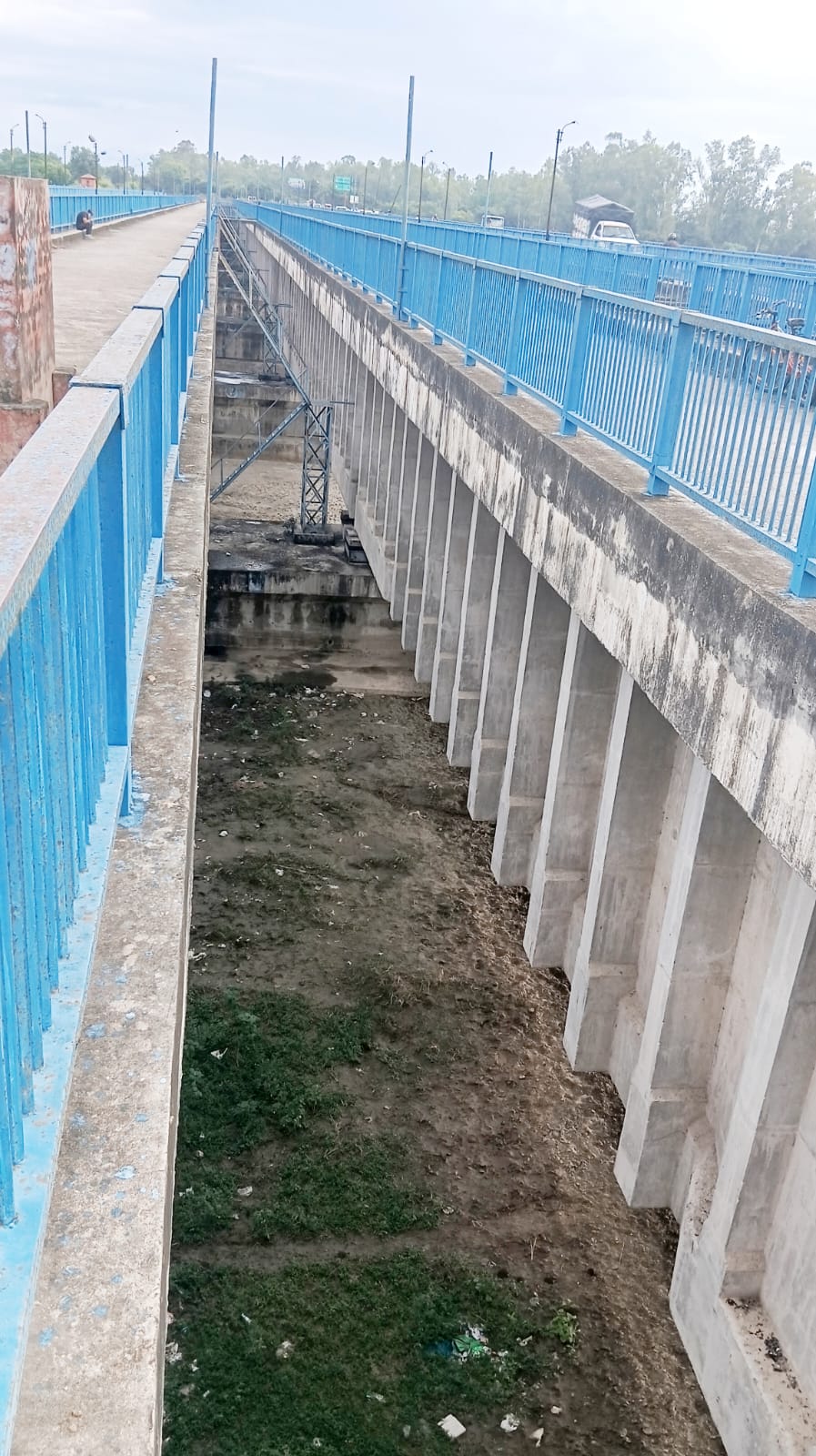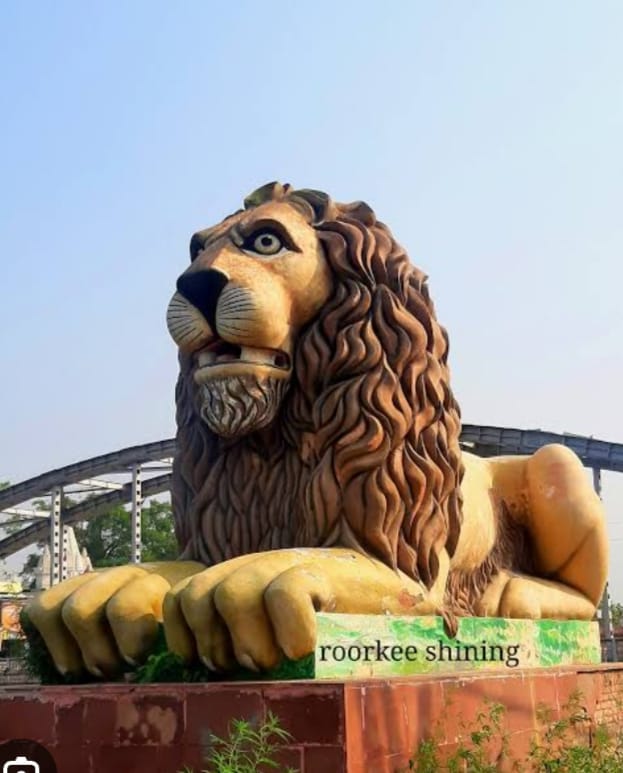By
Kaushal Kishore
Materials Engineer, Roorkee
The new Solani aqueduct on Ganges canal Roorkee was built with prestressed concrete which allows for longer spans and a simple more robust design compared to old bricks, lime- surkhi mortar masonry arches of the old aqueduct, in which 8.5 crores bricks were used, while iron railing used in the sides of two lanes were imported from England. This is interesting to note that materials bringing those days on ship from England to Indian ports take 6-10 weeks via the Suez canal or 3 to 6 months via the longer Cape of Good Hope. Calculate in it also time taken on road from Indian ports to Roorkee.
After retirement from University of now IIT Roorkee I joined M/S Roffe Construction Chemicals Pvt.Ltdd, Mumbai as it’s Chief Concrete Technologists afterwards I became it’s one of the Director.

AQUEDUCT picture taken on 7/10/2025
For the contractor of above aqueduct I designed M-40 grade of concrete with Roffe superpladticizer. Those interested may read my paper by visiting Google site and log in; Civil engineering portal The Ganges canal by Kaushal Kishore.
I had designed numerous concrete mix design almost all cements of India in this I find Utra Tech cement as one of best cement OPC and PPC both With Ultratech cement I had designed numerous concrete mixes from ordinary strength to M-80 grade concrete, self compacting concrete, shot crete concrete, fibre reinforced concrete, fly ash concrete and more There is life after retirement and after retirement I worked for 30 year’s which includes in free time working in home research and testing laboratory and numerous construction sites visits almost all India and outside India. At my age of 92 years I still work for 12 hours daily.
I had never worked for money. In spite of doing so gigantic work what to say about car I even do not have 2 wheeler not any of my house not a single inch of land in this world only pension from IIT Roorkee and few clothes

























Its a very good site for civil Engineer. I want to know more about soil testing procedure like Liquid limit,Plastic limit, Grain Size analysis, CBR and Soil classification. please send and help me. Thanks……
I PASSED MY 12TH THIS YEAR $ TOOK ADMISSION FOR CIVIL ENGINEERING.COULD YOU PLEASE TELL ME THE OPPORTUNITY OF CIVIL FOR GIRLS???…
I am student of TY diploma in civil engg. After completion of diploma what can i do?
Dear Ajinkya,
It will be better to go fuirther studies …you should pursue your degree course….
it will be beneficial for you….because civil engg. is such a big subject….you have to go in depth…then you will surely get a good and respectable job…..
go for degree in civil engineering
or you can apply for five year architecture degree course
you can join civil engg and architect engg.
what is the difference between long screw and short pice
pls.give me correct steel positions of members like columns,beams,t-beams,
i am Btech student of 2nd year in civil engg,……….aftr ma completion of engg….can i opt for M.tech…….
actually im more interested in interior designing..nd architecture…..
so please can u help me…. wat to do aftr my engg…..nd how can get through architecture……..
Dear Sir, I am not expert to building waterproofing pls. how to use & apply chemicals in building.
Which country is best for M.S in civil engineering?
i am doing master in Construction Management Can any one suggest me for thesis topic relating Green building Material for Design and Construction
Dear sir,i know this is silly question, but i am sure you help me for detailing of plaster work i want to know complete process of plaster work from start to end with ceiling.
search in the net for building construction and you will find the plaster topic that you asking for
its to b nice for civil engineers and useful to all civil students
dear sir,
i have a doubt in steel truss….in case of cross bracing ,is it safe to cut the members at intersection point or overlap one over other,and provide fillet weld
what are the higher studies for civil
you can study B-Tech, M-Tech in any of the topics in civil engineering and again if you want, u can go for PhD ALSO. So please keep this desire and do accordingy.Time will not wait for you.You should be ready to study ok. If u want, u can contact me also.
I am a final year student i want to do project on any burning issue in civil industry, can you please suggest me any topic?
Also i want to do NICMAR after my B-tech, so i want the information about it, please help me.
i am doing civil engineering 3rd year…. how is the job opportunity for civil engineering ….? suggest me to additional skill required?
@ Kiran Abhirarao: Go for any topic on sustainable buildings and do ur dissertation. Follow this link to find out more about NICMAR. http://www.nicmar.ac.in/
I am final year student seeking help for project on latest topic in civil industry, can you please suggest me any topic?
sir,
i am intrested in doing civil enginnering but i have doubt that aftr four years is there any scope in civil engineering and can we got job easily in that branch please advise me i m in very big conclusion..
hi,……..good moring…which books are good for preparing gate….
what is the best option for diploma civil engineers to complete the BTECH (civil) part time/corespondence course by approved institution and university by AICTE.Please guide for such institution name……?